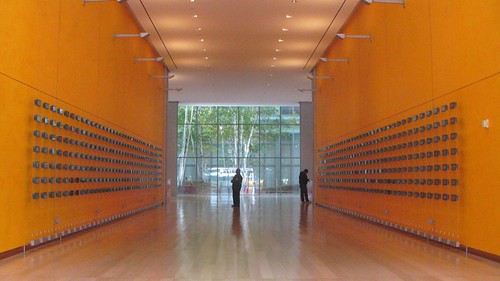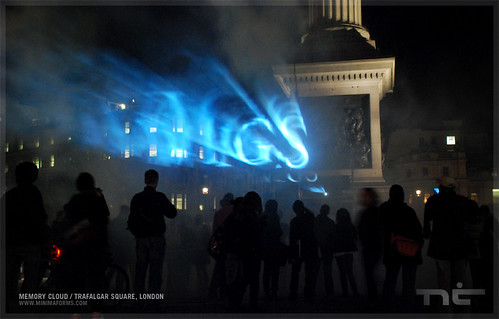Welcome to eclectic avenue
"The festival explores the notion of urban space in a temporal and mobile way," curator St/(c)phane Bertrand said. "It's an exchange between residents and artists based on the themes of gesture, movement and infiltration into the everyday."
Anish Kapoor Opens London's New 'Gallery Without Walls' – 24 Hour Museum
t heralds what promises to be an new era for public art
Abstract Public Art Bike Rack I – Reno, NV – Bicycle Tenders on Waymarking.com
Abstract (Green) Public Art Bike Rack in downtown Reno, Nevada
MinnPost – From Our Partners: Walker Art Center: The UnConvention: unscripting the political convention
"We're working with artists who are very adept at creating powerful messages that encourage people to get involved and think differently,"
Loreto Martin: Autonomous public art workshop, Madrid
A course about unsanctioned art in public spaces: urban intervention, graffiti, postgraffiti, free muralism, creative activism, outsider public art
Controversial art shows Arpaio holding people at gunpoint
Cardboard cutout vigilantes?
Comment: 'Berkeley Big People' invites mockery
SF Chron critic Kenneth Baker on public art and whether "bad art celebrate good causes?"
Turbulence causes waves in Cardigan – WalesOnline
What is status of this Lozano-Hemmer project?
Exploding Language Public Art Project | Twin Cities Daily Planet | Minneapolis – St. Paul
Public Art in Google Street View (Good Mag)
Cybrid public art
"Bad artists copy. Great artists steal."Picasso: Art in the Public Realm
Quotations and viewpoints on the role of artists in the public domain.
3 Rivers Fest should weigh visual art role
Sobering but not saber rattling analysis.
Street Art That's Approved by the Authorities, For Once
Not sure why soemthing like this isn't part of every city infrastructure project…































